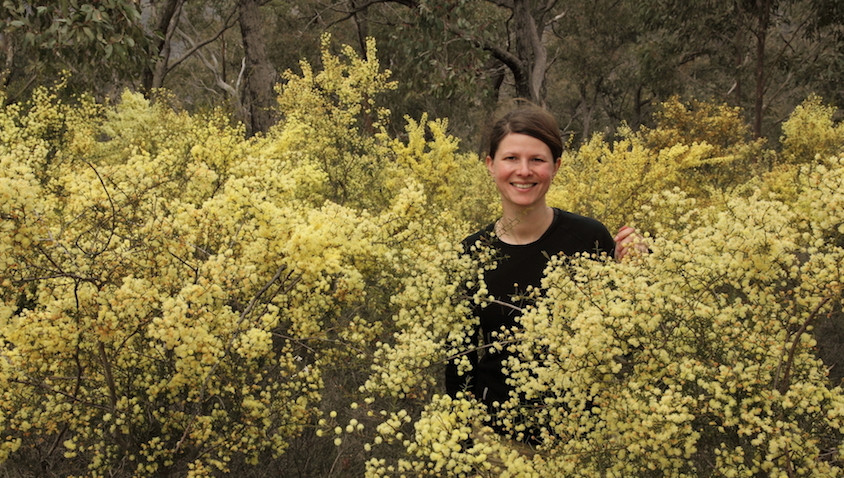The first day of September is National Wattle Day in Australia, which is timed to coincide with the beginning of spring, despite the fact that many wattle (Acacia) species flower at different times of the year.
Wattle Day was first celebrated in the early years of the federated nation, where a sprig of wattle flowers and leaves were worn to commemorate the occasion. In 2010, the centenary of the first official Wattle Day for the states of NSW, Victoria and South Australia occurred.
If you happen to be unfamiliar, acacias are a prominent feature of the Australian landscape and our identity – on the 19th of August 1988, the golden wattle (Acacia pycnantha) was officially proclaimed as Australia’s national floral emblem by the then Governor-General.
Interestingly, the acacia group actually occurs worldwide, although the largest number (1000 species) occurs in Australia. Acacia communities replace those dominated by eucalypts in drier parts of Australia (mulga communities cover an impressive 20 percent of the continent), but they also occur in more mesic areas (mesic being a scientific way of saying ‘a habitat containing moderate amounts of moisture’). In general, the distribution of the group is controlled firstly by climate then by the soil type.
The distinctive flowers appear either in globular heads or arranged in cylindrical spikes and are mainly yellow, but there are species that have red and even purple flowers. Most species have modified leaves (phyllodes) that are particularly resistant to drying out in hot weather. The foliage ranges in colour from light or dark green to blue or silver-grey.
Parts of various acacia species have been used as a food source by indigenous people for thousands of years. The seeds from around 50 species can be ground into a flour and cooked like damper, while the gum is also edible. Various extracts from the bark and the leaves or phyllodes are used for medicinal purposes such as relieving toothache or colds or applying to wounds and burns. Green, leafy branches of some species may be used to ‘smoke’ someone who is suffering from a general sickness.
The wood has been used to make clubs, spears, boomerangs and shields. Some species, such as Acacia melanoxylon (blackwood), are used to make furniture.
Tannin has been extracted from the bark of a number of species for use in tanning including Acacia dealbata (silver wattle), A. mearnsii (black wattle) and A. pycnantha (golden wattle).
In terms of agriculture, Acacia aneura is the premier fodder shrub in Australia due to being nutritious, palatable, abundant and widespread.
The diversity and versatility of acacias is impressive and worth considering this Wattle Day. If you’ve a keen nose, you may even smell wattle flowers on the breeze long before you see them. For those sufferers of hay fever, this may be considered something of a mixed blessing.



